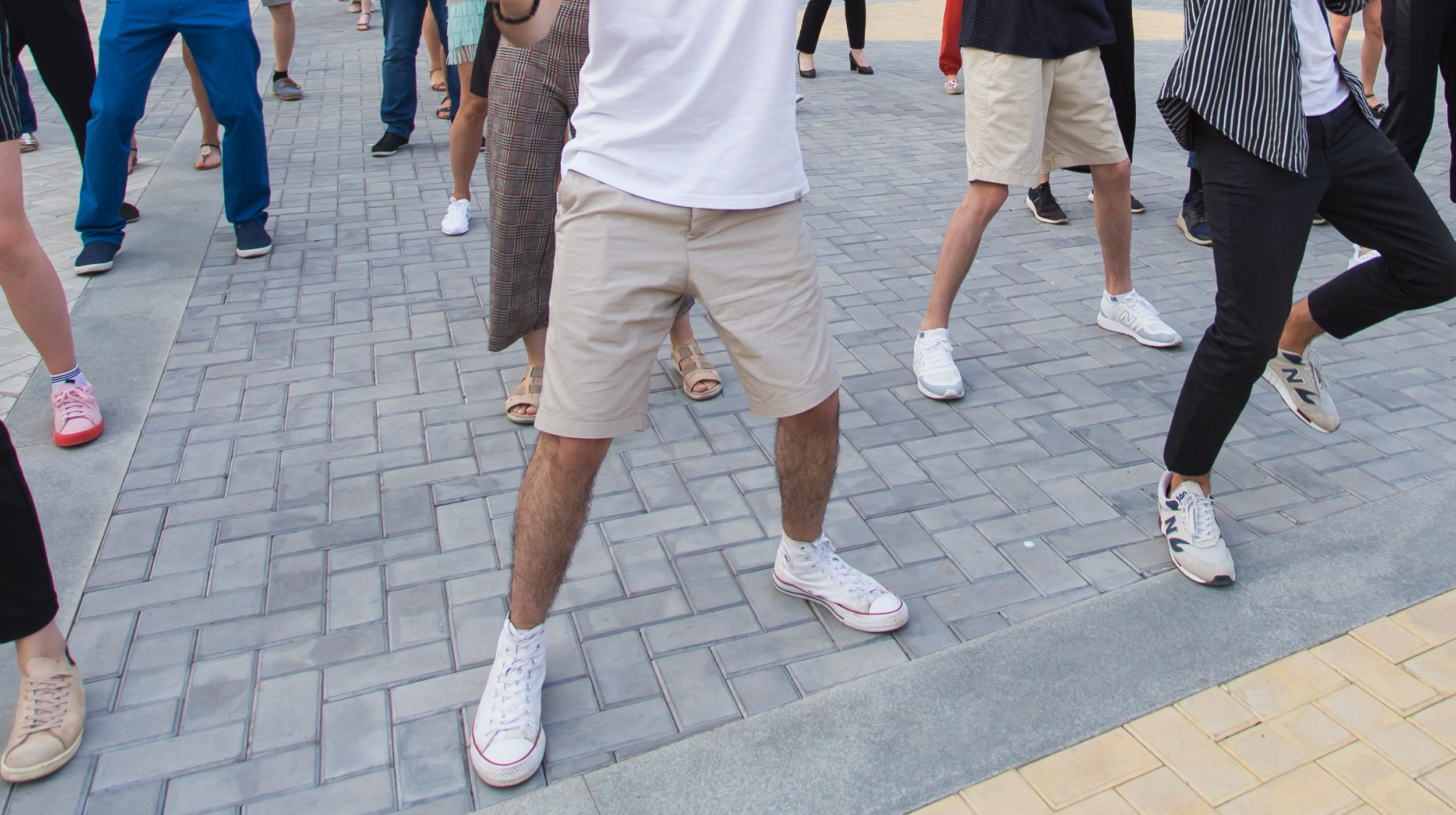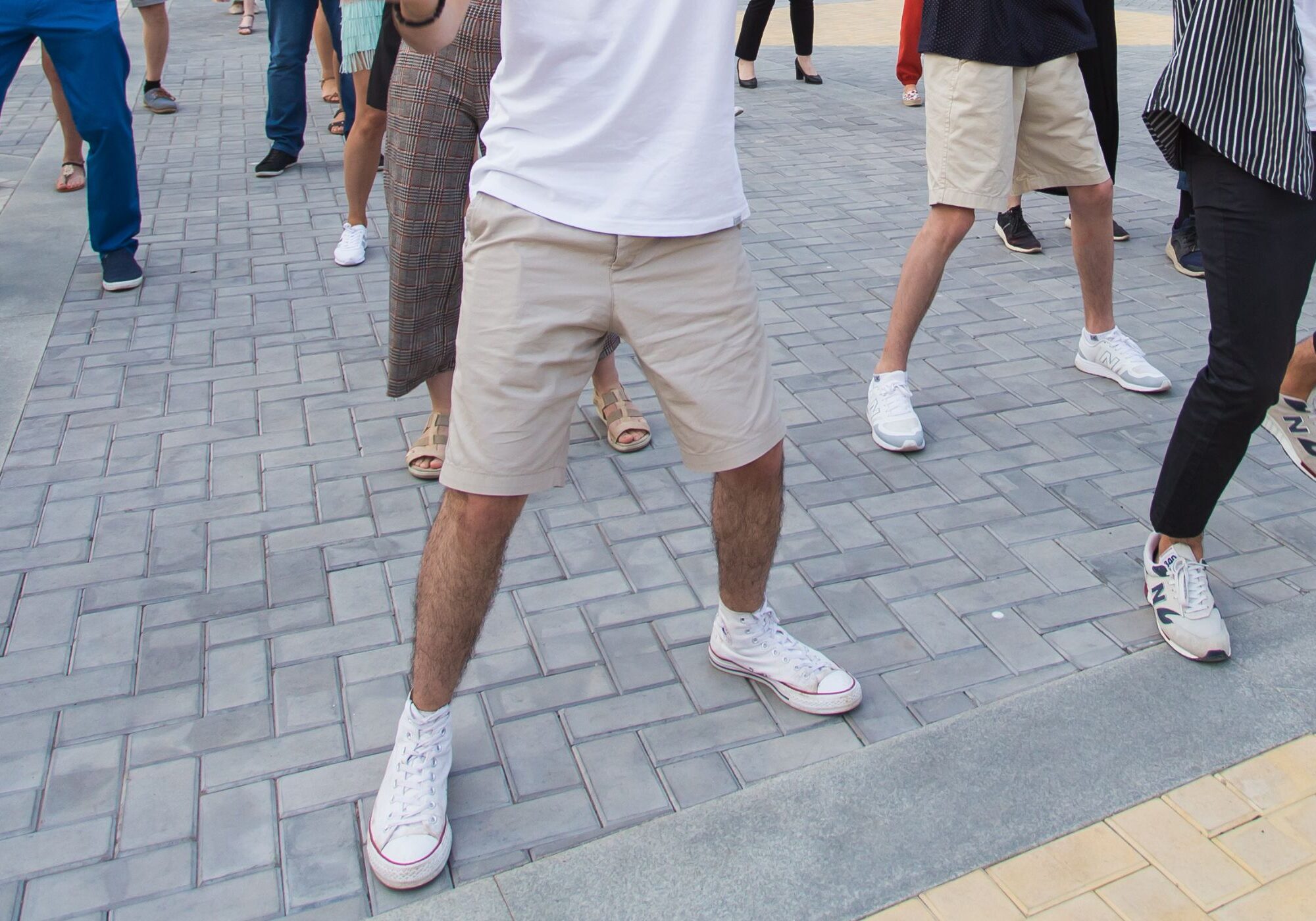Key findings from the 2023 Victorian Dance Census
Executive summary
The 2023 Victorian Dance Census provides a vital snapshot of the state of dance in Victoria, drawing on data from over 570 participants across the student, social, professional, and business communities. Conducted between September and October 2023, the survey offers the most comprehensive insight to date into who participates in dance, how they engage, and the challenges and opportunities facing the sector.
The findings confirm that dance continues to be a deeply meaningful, widely practiced, and socially valuable activity. It supports health and wellbeing, fosters life-long learning, builds communities, and creates pathways to artistic and professional achievement.
However, the Census also highlights significant structural vulnerabilities. Financial precarity is widespread across all cohorts. Most professionals and business owners report unstable or underpaid employment. A majority of respondents—whether dancers, teachers, or entrepreneurs—rely on supplementary income outside the sector to sustain their practice.
Emerging trends also raise concerns. Reports of mental health challenges and major injuries among students have risen since the last census in 2021. Perceptions of physical safety have declined, and competitive environments are increasingly seen as contributing to stress and exclusion. Additionally, while dance is generally inclusive, discrimination based on age, appearance, and race remains present—especially for professionals.
Despite these challenges, the report shows a community eager to grow and adapt. There is strong interest in professional development, innovation in dance styles and training formats, and a desire for better systems of support—financial, educational, and structural.
The 2023 Victorian Dance Census presents both a call to action and a roadmap for policy makers, educators, and sector leaders. Sustaining and strengthening dance in Victoria will require coordinated investment, inclusive practices, and attention to the wellbeing and livelihoods of those who make dance possible.
Headline findings
Dance is for everyone and every body
Participation fosters connection, builds careers, and improves wellbeing.
Financial precarity is endemic
Most businesses are not profitable, and many individuals must supplement income with work outside dance.
Dancers are lifelong learners
There is strong demand for ongoing professional development across the sector.
Who participated in the Victorian Dance Census?
Dance Students
Over 70% began dancing before their teen years, often training in multiple genres including Ballet, Musical Theatre, Jazz, Contemporary, Tap and Lyrical. 40% engaged in 1-5 hours of dance education per week (mostly at small studios) and 19% engaged in more than 15 hours per week in a secondary or tertiary education environment. Despite this commitment, only 25% believed dance study was affordable and that there were meaningful career opportunities for them in Victorian, and just 38% felt their current training aligned with career goals.
Social Dancers
Social dancers represented a broad age range and participated for fitness, fun and social connection. While 87% danced weekly across a variety of styles including Ballroom, Rock’n’Roll, Contemporary, Jazz, Street Latin and Fitness-related styles (e.g. Zumba) but more than 60% never performed. Social dancers overwhelmingly agree that dance is a meaningful activity that adds value to their lives across measures of social, mental and physical wellbeing with 90% identifying health and wellbeing as their primary motivation. Most dancers pay between $10-$20 per class.
Dance Professionals
The vast majority of professionals started young and trained formally, yet only a small proportion were in full-time work. Contemporary, Ballet, Lyrical, Jazz and Hip Hop are the top five genres that professional dancers are engaged in on a regular basis. Despite 90% of dance professionals having formal dance training from Syllabus Qualifications to Postgraduate level, most earn less than $60/hour, and 30% earn less than $40/hour. Sentiment amongst dance professionals tends to be positive but 50% are dissatisfied with their dance-related income, 24% believe Victoria lacks meaningful career opportunities and 16% do not feel their education prepared them well for their career.
Dance Business Owners
Business in the dance sector tend to be sole traders or microbusinesses, 60% of owners employ no staff and just 7% employ more than five full-time equivalents. Casual employment is the largest category of employment in the dance sector. For dance business owners, precarity is coded into responses to questions about the profitability and sustainability of their business. Only 40% reported profitability in the past financial year, and 55% supplement income from outside the sector.

Deep dive: sector insights
Health, wellbeing and inclusion in dance
The 2023 Victorian Dance Census paints a mixed picture when it comes to health, wellbeing and inclusion. While many dancers report positive experiences, the data also reveals concerning trends—particularly around mental health, physical safety and discrimination.
Mental health challenges are increasing. Nearly 9% of respondents reported living with a diagnosed mental illness in 2023—up from 4.5% in 2021—with students most affected. Causes range from performance and exam stress to job insecurity and financial pressures.
Physical safety perceptions are also declining. While 80% of student respondents said they felt safe in class and 87% believed their teachers prioritised safety, these figures have dropped significantly from 95% and 92% respectively in 2021. Major injuries also rose from 20% to 26%, pointing to a higher incidence of serious harm.
While many participants felt dance is inclusive, discrimination based on age, appearance and race persists. Age discrimination was most common, with 27% of professionals and 8% of recreational dancers reporting such experiences. Physical appearance was also cited, with 5.5% of students and professionals indicating discrimination based on weight, height or general features.
Competitive environments in dance were noted as areas where wellbeing declines. From auditions to exams to performance circuits, competition is linked to increased injury risk, mental distress and accessibility barriers.
Lifelong learning and professional development
A strong appetite for professional development exists across the sector, yet 56% of respondents felt opportunities are either inaccessible or unaffordable.
Among professionals, the most in-demand topics were:
- Dance training and education (60%)
- Safe dance practices (57%)
- Choreography development (48%)
For business owners, the top needs were:
- Social media marketing (64%)
- Financial and tax literacy (53%)
- Safe dance practices (53%)
This reflects a sector seeking to grow artistically and professionally, but one that requires tailored, practical support to meet its potential.
Shifting trends in dance participation
The census revealed changing patterns in genre engagement. Traditional styles such as Ballet, Jazz, and Contemporary have seen declining popularity since 2021. However, this may indicate a diversification of interest rather than a downturn. Respondents in 2023 reported studying a broader range of styles and often multiple genres simultaneously, suggesting that dancers are embracing hybrid practices and that studios may be offering more varied programming. Further research is needed to understand these shifts in depth.

Financial precarity in focus
The arts in general are known for the instability in employment and incomes. International reports, such as “A crisis of sustainable careers” released in 2022 and supported by Creativa Victoria, consistently show that precarity is a built-in feature of working life for many creative professionals. Our survey results confirm that this is a significant issue for the dance community in Victoria. Financial instability was one of the most consistent themes across all respondent groups in the 2023 Census. Despite a deep commitment to the artform, many professionals, businesses, and students are working within economically fragile systems that threaten the sustainability of their practice.
Unstable employment and low income for professionals
Dance professionals face significant job insecurity. Nearly half (47%) are employed casually or part-time, and 50% work as independent contractors—arrangements that offer little long-term security. Over 69% of respondents reported needing to supplement their income with non-dance work, making it difficult to sustain a career in the field.
A notable portion of professional dancers (more than 25%) said they do not receive any payment for rehearsal time, and many choreographers are also unpaid for this work. For those who are paid, most earn between $41–$60 per hour. Despite their qualifications, experience, and workload, only 29% of professionals felt secure in their employment.
Challenges for dance businesses
The business landscape is equally precarious. Most respondents run sole proprietorships or very small operations. Only 7% of dance businesses employ more than five full-time equivalent workers, and casual employment dominates.
Profitability remains a key concern. In the 2022–23 financial year, just 40% of businesses were profitable. A third ran at a loss and 27% broke even. More than half (55%) of business owners needed to earn supplementary income outside their dance activities.
This financial fragility affects confidence: while 95% of business owners said their work felt “meaningful,” only 48% felt optimistic about the future and 72% said running a business is stressful. More than 40% were unsure if their business could remain financially viable over the next two years.
Structural indicators of low revenue
Even basic structural data indicates financial constraint. Though 81% of businesses and sole traders had an ABN, only 8% were registered for GST, suggesting that most do not earn over $75,000 annually—the income threshold for GST registration.
Further indicators of systemic strain include:
- 25% of employees did not receive or contribute to superannuation.
- 32% said Public Liability Insurance was unaffordable.
- 55% of respondents held multiple jobs, with 10% juggling more than three roles.
These statistics suggest a sector that is under immense financial pressure, operating with limited support, and struggling to maintain viability in the long term. Yet, it is also a sector marked by deep commitment, creativity and community value.
Methodology and limitations
The Victorian Dance Census was an anonymous, self-administered online survey conducted from 5 September to 9 October 2023. The survey was promoted via email, social media, advertising and media channels. Responses were limited to one per IP address.
- Sample Size: 570
- Confidence Level: 95%
- Margin of Error: ±4%
Demographic limitations
Children under 16 were not included, which limits insights into younger social and student dancers. Participation from marginalised groups was also limited, with low representation from First Nations (0.7%), BIPOC (1.5%), CALD (2.4%), LGBTQI (11%), and people with disability (10%). We recognise these shortcomings and will work with consultants to ensure future iterations of the Census better reflect the full diversity of the Victorian dance community.
Conclusion
The 2023 Victorian Dance Census confirms what many working in dance already know: while the artform brings immense value to individuals and communities, the systems that support it remain underdeveloped and financially vulnerable.
The evidence from this report presents a clear call to action: to advocate for stronger financial, educational, and structural support for the dance sector in Victoria. Whether in schools, studios, companies, or community halls, dance continues to thrive—but it requires investment and attention to remain sustainable.
